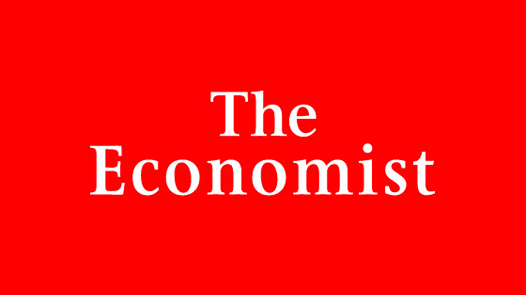America’s infrastructure woes signal “life in the slow lane”
 The dichotomy between anti-spending sentiment — which a majority of Americans identify with on a conceptual if not programmatic level — and the persistence of pressing infrastructure needs that require real money is the theme of a lengthy piece in this week’s print edition of The Economist, a publication known for its fiscally conservative bent.
The dichotomy between anti-spending sentiment — which a majority of Americans identify with on a conceptual if not programmatic level — and the persistence of pressing infrastructure needs that require real money is the theme of a lengthy piece in this week’s print edition of The Economist, a publication known for its fiscally conservative bent.
Perhaps it takes a penny-pinching persuasion from the across the pond to put our infrastructure shortfalls in perspective. The U.S. has considerably larger highways than most of Europe, yet we spend more time in traffic. Domestic engineers give our roads and bridges failing grades, and the World Economic Forum ranks our infrastructure system 23rd worldwide. We spend dramatically less per capita on infrastructure than many developed European countries, and certainly far less than booming China.
The U.S. also lags behind other wealthy nations in passenger rail service, the magazine notes. Even our fastest and most dependable line, the Northeast Corridor’s Acela, “averages a sluggish 70 miles per hour between Washington and Boston,” while the French TGV from Paris to Lyon “runs at an average speed of 140mph.”
“All of this is puzzling,” they opine, noting that the U.S. remains the world’s largest economy, with its richest citizens. Large public works projects are part of our DNA, dating back to our nation’s founding and the continental railroad. The Economist continues:
Between 1956 and 1992 America constructed the interstate system, among the largest public-works projects in history, which criss-crossed the continent with nearly 50,000 miles of motorways.
Furthermore, the Economist argues, our current system for spending transportation dollars “tends not to reward the prudent”:
A state using road-pricing to limit travel and congestion would be punished for its efforts with reduced funding, whereas one that built highways it could not afford to maintain would receive a larger allocation.
By way of solutions, the magazine points out that we will “need to spend a lot more” on infrastructure and identify new revenue sources. A higher gas tax may not be politically viable in today’s climate, but it could be later. Some have also floated a tax on vehicle miles traveled. And, the National Infrastructure Bank supported by President Obama and others offers some promise as well.
At the state and local level transport budgets will remain tight while unemployment is high. With luck, this pressure could spark a wave of innovative planning focused on improving the return on infrastructure spending. The question in Washington, apart from how to escape the city on traffic-choked Friday afternoons, is whether political leaders are capable of building on these ideas.



















